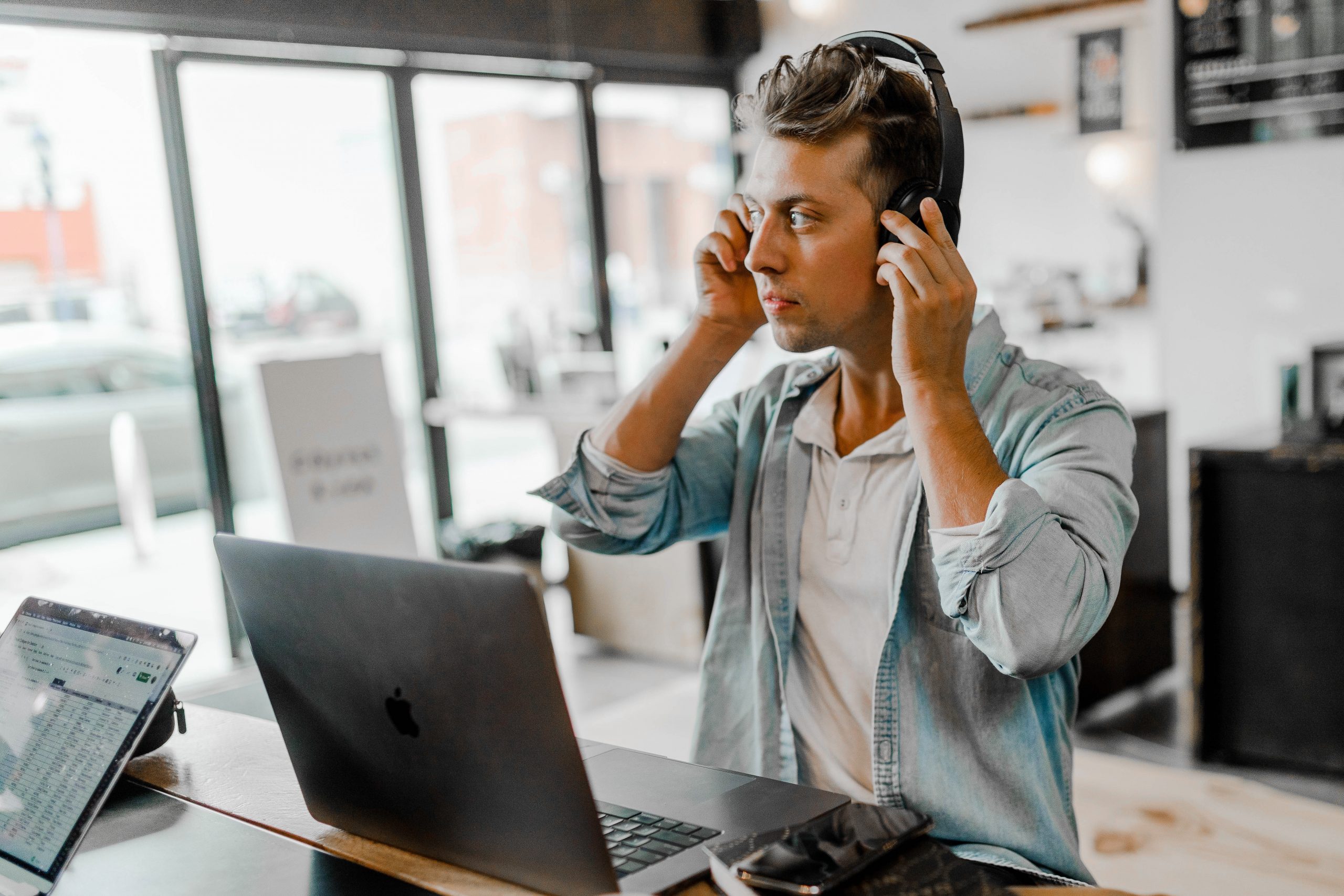Most organisations met the unprecedented challenges presented by Covid-19 with an exceptional senior leadership reaction – and we have seen the resulting positive feedback. Data across global organisations reveals that 78% of employees have had a positive experience of wellbeing, connection and caring, senior leader response, and virtual work support. The number one factor behind the upbeat picture is senior leadership care and concern.
However, as employees begin to realise that the emergency will go on for much longer than anticipated, possibly even years, this will be eroded rapidly by the ongoing reality of stresses and tensions it brings and many will suffer as a result.
Natural Language Processing analysis of comments reveal the likely difficulty in maintaining high levels of positivity, with many respondents citing increasing levels of stress. Twenty-five percent of the most negative comments relate to anxiety and health concerns, with a further 39% reporting either mixed or neutral feelings about their stress levels.
There are many sources of this stress — from simply adjusting to new ways of working to the loss of individuals’ sense of belonging and security. Many are not only putting in longer hours as they swap out commute times for more virtual meetings, but discovering that working with colleagues and clients remotely, only on screens, is a greater strain and much more tiring than face-to-face interactions. And remember, no matter how hard they work, people may constantly have at the back of their minds the very real worry that their jobs could disappear anyway, with all the attendant financial implications that will bring. This could leave them feeling powerless and wondering whether going the extra mile is a fruitless exertion. Combine fatigue from adjusting to virtual work with family pressures, or feelings of isolation or prolonged uncertainty about health and safety as people go back to work without a vaccine, the economic impact, layoffs and employment prospects and we have the making an unprecedented perfect storm – ‘the new burnout’.
Women are reported to be experiencing higher levels of stress, with 28% indicating some challenges managing covid-related stress, compared to 22% of men – a 6 percentage point difference. The 35 – 44 age group reports the highest levels of stress with men and women citing different experiences, drivers of anxiety and priorities for support. Ken Oehler commented: “Analysis clearly reveals that both men and women in this age group are experiencing stress, but they are experiencing it differently. Both groups are juggling the job pressures of middle management, but women are twice as likely as men in this age group to mention family, childcare and homeschooling as a significant area of concern.
We are not living in a straightforward pre- and post-Covid-19 world, but a pre- and post-vaccine one. The virus itself is fluid and changing and not a single event. The Elizabeth Kubler-Ross’s stages of change curve has shown this in the past. Employee engagement reached a high point at the peak of the great recession and then fell significantly a year later after the downturn had technically passed, but the economic uncertainty, cost-cutting, workforce reductions and unemployment fallout continued. We are still in early stages of Covid-19 and starting to see things get much more difficult.
The Kubler-Ross Change Curve
We are now in the Covid-19 phase focused on working safely and with more work from home options. The highly anticipated vaccine could allow companies, leaders and employees to get back to some sense of normal. However, many companies will not simply return to the previous ways of working: “Health and safety, understanding diverse workforce needs, work from home, compassionate leadership and a singular focus on the employee experience of safety and wellbeing have been thrust into the forefront. I’m not sure employees will tolerate going back to the way things were previously.
People have been talking about organisational agility in a Volatile Uncertain Complex and Ambiguous (VUCA) world for a while now – are we now living it in ways few imagined? The importance of leaders leading through change with human connection, empathy, understanding, candour and resilience, and how positively this impacts the employee experience, cannot be underestimated. These are the muscles leaders will have to continue to develop over the coming months and will be the best course of action for managing the depth and duration of the negative experience for many in their workforce as they go through change and loss. These are the same leadership skills that will be required in the post-vaccine normal as well.”
There are multiple variables to consider in relation to burnout associated with the Covid-19 pandemic. These include the fear of job losses, the blurring of work/life balance, isolation, adequate and reliable technology and a suitable home-working space. The impact on those not accustomed to virtual work is also considered more severe than for those who had prior virtual work experience. The importance of extraordinary leadership as companies and their workforces face up to a long period of uncertainty ahead, is essential to managing the prevention of employee burnout.
Enhancing the employee experience will require organisations to adopt a more ‘employee-centric’ approach by identifying which segments of the workforce have the greatest impact on business outcomes – then understanding the moments that matter to them. The research demonstrates the impact and necessity for compassion, empathy, empowerment and transparency, as well as visibility and agile decision-making.







